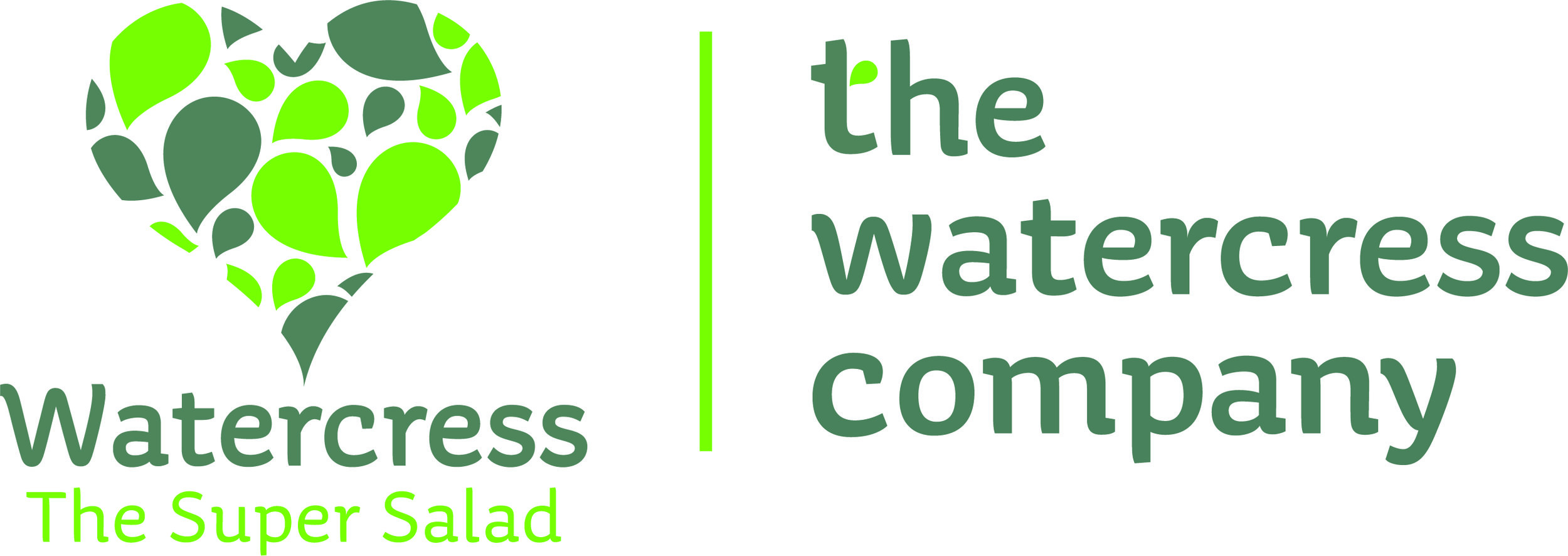Looking back at the original river challenge
We have been reviewing some old reports on the watercress industry here at TWC to see what sort of progress has been made. A report was published by English Nature (now Natural England) back in 2005 to look at the environmental impacts of the watercress industry. The report provided an excellent view into the issues and challenges than needed to be addressed by all businesses impacting on rivers, and we are delighted to say we met and in some ways exceeded this.
Written by Ollie Bedford - Technical Manager TWC
Manor Farm Settlement Pond
Here is the original report that was widely distributed and used to develop a strategy that at the time was considered as unachievable and not sustainable. It was clear a totally new approach was needed and a small but effective and very motivated task force was given 100% freedom to trial, test and develop the standards and methods that are now accepted as some of the best in the industry.
Our approach over the last 15 years has been based on trying to achieve the points highlighted in this report and we update the Environment Agency regularly so they are aware of what has been achieved.
We are pleased to see that the 4 main areas that were raised as a concern how now been dealt with. These, and the actions we have taken, are listed below:
Suspended solids – We have had settlement ponds in place for many years. Not only are they very effective at removing suspended solids from our discharge, but they also provide a habitat for many species. Our settlement ponds have been improved/extended since this report based on experiments we carried out some years ago. We used a large diameter Perspex tube and filled it with the combination of water, sediment and vegetation that are created when we clean out a watercress bed. From this, we were able to see which particles settled quickly and which took longer, and also were able to monitor the time taken for this to happen. This led to a re-design of some of our existing ponds to ensure that the water was retained for long enough to remove the sediment. This is coupled with “skimmers” to remove any floating debris. We have also modified our growing process so that we now clean out watercress beds fewer times a year than previously. In most cases we now only clean out the beds once per year, whereas previously it could have been 4 or 5 times. This greatly reduces the quantity of suspended solids generated in the first place, allowing our ponds to be even more effective.
2. Nutrient concentrations – Interestingly, this report suggests that the best way to control P levels is at the input end rather than installing effluent treatment. This has been the TWC approach since we began our trials on P reduction. The first step in this process was to completely eliminate the use of any nitrogen containing fertilisers. Next, we focused on how far we were able to reduce the amount of phosphate used and combined this with investigations into the timing of those applications to deliver maximum uptake and minimal discharge. We are pleased to say that we have met the Environment Agency permit limits for the past 3 years, have eliminated nitrogen use and reduced our phosphate use by around 80%.
3. Toxic discharges – at the time the report was written, watercress growers were using a variety of fungicides, insecticides and zinc. Use of all of these has now ceased at TWC ( and has been that way for several years). We have found new ways and developed new methods of production to reduce the impact that pests and diseases have on our business which has enabled us to stop using any pesticides or other chemicals such as zinc. Pesticides from salad washing are now the major concern and this is something that TWC is not involved with.
4. Water use and sustainability – the report says that ideally there should be only minimal abstractions in the headwaters of chalk river SSSIs even if described as non-consumptive. The report shows that the TWC farms in Hampshire on average do not use their total licensed abstraction. This is because each season we only abstract the quantity of water necessary to grow the crop. We have installed meters on all our pumped boreholes to ensure that we are compliant with our permits. Information in the report suggests that it tends to be the smaller licences that are over abstracted rather than the larger ones. Evidence also shows that in the summer months, flow from watercress bed abstractions can account for 90% of the total flow in the river downstream of the beds. Whilst this abstraction may have an effect on the winterbourne sections upstream (by reducing flow for a few weeks each year, possibly impacting on winterbourne vegetation communities) the increased flows downstream are likely to be able to sustain flora and fauna further upstream than might occur otherwise.
We also found some presentations from 2003 focusing on sustainable management of the River Itchen, looking at water quality, flows and ecology. As you can see from our survey reports at https://www.thewatercresscompany.com/working-with-water-and-ecology, the ecology present in the water bodies at the exit of our farms indicates that the water is of good quality, and these results seem to be improving with time. It’s nice to know that the effort we have put into improving our systems is having a positive impact on the river.

